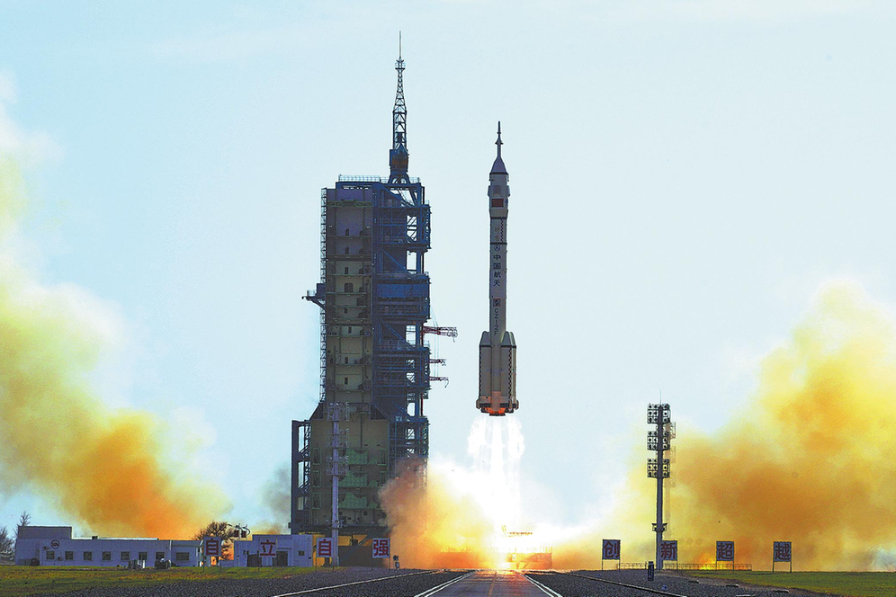Further nurturing of China's carbon trading system urged


Green assets
"Companies' carbon emission allowances can be transformed into credit assets that link financial assets and the real economy," he said.
Yu Zhongbo, vice-general manager of Beijing Peace Carbon Environmental Technology, said that most of China's leading electricity groups began to reduce their carbon footprint about 10 years ago and are now well aware of carbon reduction policies and trading rules. Most of these companies have even set up their own carbon asset management companies, Yu said.
The progress is evident. Shanghai-listed Datang International saw 302 million yuan of income from carbon trading for fiscal year 2021, after national carbon trading had been operational for only half of a year. In addition, Huaneng Power International Inc made 269 million yuan, and Huadian Power International Corp realized 140 million yuan in income from carbon trading.
"While companies were passively reducing carbon emission according to government requirements in the past, they are now attaching increasing importance to the value of carbon and are eager to manage their carbon assets well," said Yu.
According to the Ministry of Ecology and Environment, the first compliance cycle of China's carbon market took place from Jan 1 to Dec 31, 2021. Preparations to launch the second compliance cycle started on March 15 this year, marked by the release of the guideline for management of 2022 greenhouse gas emissions, said Zhang Jianhong, senior engineer at China International Engineering Consulting Corp.
- China's self-developed technology advances its high-speed railways
- Erhai Lake locals prosper from improved environment
- Doctor injects child with improperly stored drug at Chongqing hospital
- Xi's special envoy attends forum dedicated to Intl Year of Peace and Trust in Turkmenistan
- Memorial ceremony remembers victims of Nanjing Massacre
- Louvre's largest showcase in China goes on display at Museum of Art Pudong in Shanghai




































